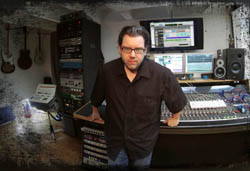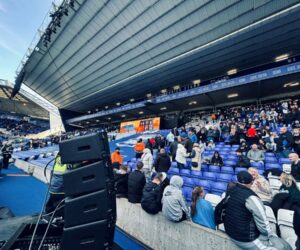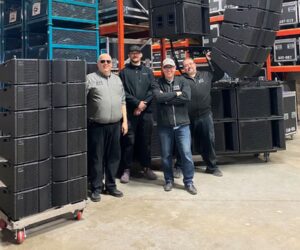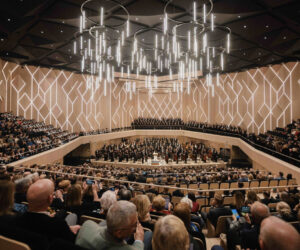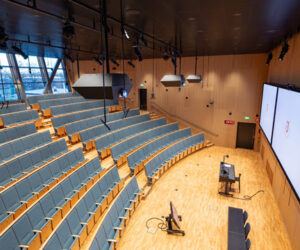Noted New Orleans-based producer/engineer Jack Miele (Blues Traveler, Zac Brown Band, John Oates, Better Than Ezra, Ani DiFranco) works out of Music Shed Recording Studios as well as his own project studio, both of which are now well stocked with Daking equalizers and compressors, both distributed in the U.S. by TransAudio Group.
Also a multi-instrumentalist with several Grammy nominations and Emmy and Silver Telly wins to his name, part of Miele’s success derives from his ability to clearly articulate his goals.
“My goals as a producer are different from my goals as an engineer,” he says. “When I’m producing, I’m almost working as a psychologist to get the artist to forget about the stress and technology of the studio so that they can deliver an authentic performance that will connect with listeners on an emotional level. It’s all about believability and honesty, and when you get it right, you allow the artist to transfer a message to the listener.
“As an engineer, I’m trying to find a recording chain with gear that complements the artist. Just as everyone’s voice is different, everyone’s playing and performance is different. Their attack, their release, how hard they hit the strings or the drums or their own vocal cords. It’s all touch and feel and it’s all different for every artist. Somewhere out there exists a piece of gear with electrical characteristics that work best with a particular artist’s nuances.
“So in my view, a big part of being a good engineer is knowing the characteristics of the tools I use. Just as a carpenter or a surgeon knows which particular tools are best for a particular situation, the engineer has to size up the talent and build a signal chain that will bring out their best qualities.”
Mastering engineer Bruce Barielle introduced Miele to the Daking Mic Pre/EQ. “Bruce said that Daking had come out with an EQ in the spirit of the Trident A-Range, and so I obviously got excited,” ye says. “The minute I turned the knobs, I knew I had to have it. Nothing else in my collection, which includes API, Neve, SSL, Universal Audio, Summit, Empirical Labs, had the same sound. The Daking Mic Pre/EQ is a unique tool.”
Miele often uses the equalizer and mic pre sections independently. “The mic pre is brilliant and modern-sounding,” he notes. “It’s very open and fast. I find it works great on acoustic instruments – guitar, cello, or grand piano – and female vocals – or really anything that I want to capture with a beautiful, open top end.”
Because he has two Mic Pre/EQs, Miele frequently adds their equalizer sections to the mix bus on his Amek console. “I add or subtract a few frequencies and it just snaps the whole mix into place,” he explains. “The equalizer section has a beautiful, smooth color. It adds brilliance without being harsh, and the number of bands and their range of parameters makes it tremendously versatile.”
Based on that success he explored the rest of the product line and came to choose both the Daking FET II Compressor and the Daking Comp 500, which fits the 500 series module form factor. “They’re both great, and they’re very different from one another,” he says. “The FET II is my favorite vocal compressor – there are very few vocalists that it isn’t perfectly suited for. In an act of due diligence, I tried 10 compressors on John Oates’ vocals, and the FET II – more than any other – brought them to life. The fixed release times are useful and I often dial them in, but the auto-release feature is special. It’s very pleasing to the ear and can get a whole track breathing organically. I love it.”


